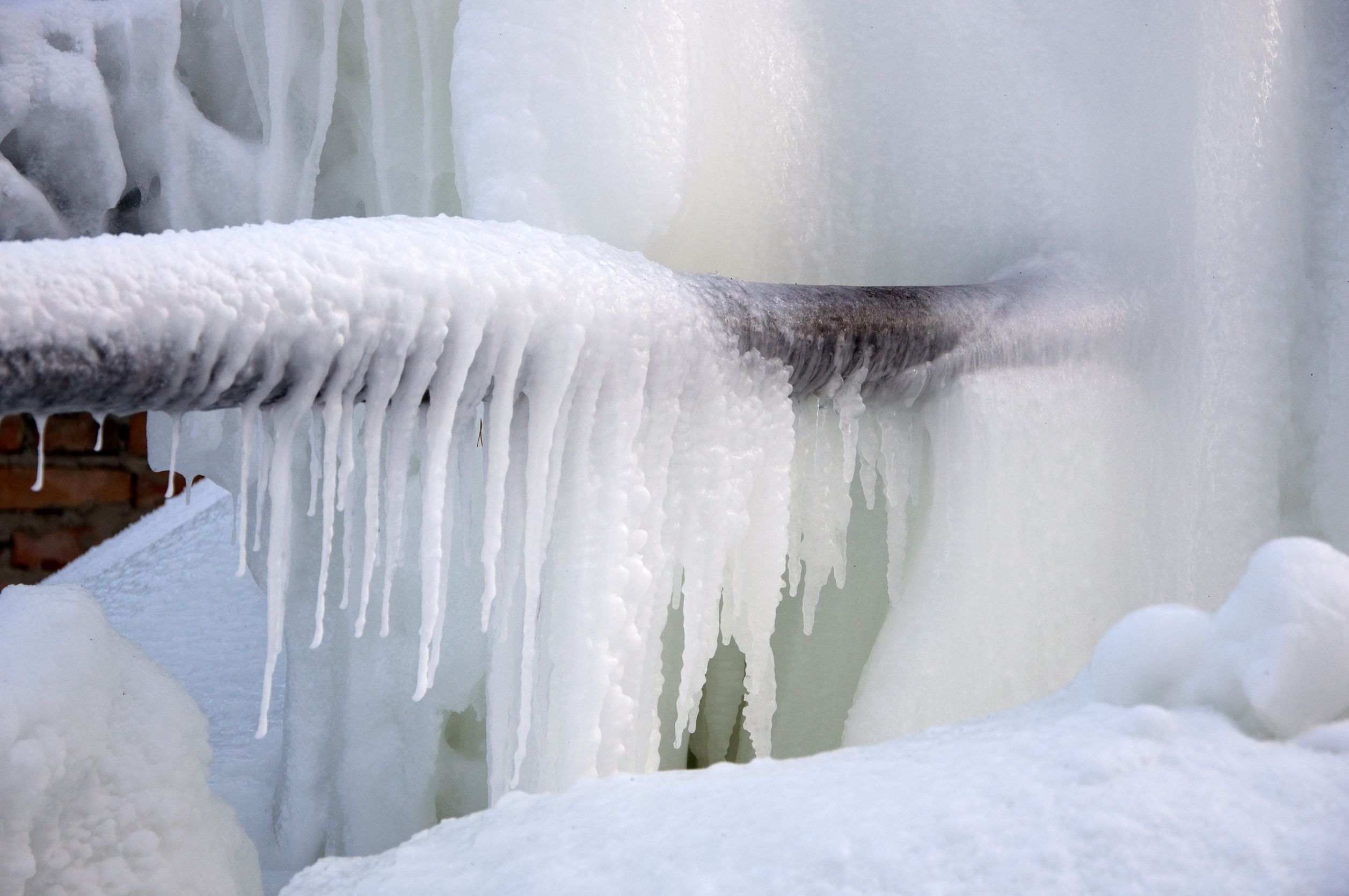How to Protect Your Plumbing from Freezing: Critical Strategies
Estimate FreeNearly everybody has got their own views on the subject of Helpful Tips to Prevent Frozen Pipes this Winter.

Cold weather can ruin your plumbing, especially by freezing pipelines. Below's exactly how to stop it from occurring and what to do if it does.
Intro
As temperatures decrease, the risk of icy pipes rises, possibly bring about costly fixings and water damages. Comprehending how to prevent frozen pipes is crucial for home owners in cool climates.
Recognizing Icy Pipes
What triggers pipes to freeze?
Pipelines freeze when revealed to temperature levels below 32 ° F (0 ° C) for expanded durations. As water inside the pipes ices up, it broadens, putting pressure on the pipeline wall surfaces and possibly triggering them to burst.
Risks and problems
Frozen pipes can result in water supply disruptions, residential or commercial property damage, and costly repair work. Burst pipes can flooding homes and trigger extensive structural damages.
Indications of Frozen Piping
Recognizing icy pipes early can prevent them from rupturing.
Exactly how to identify icy pipelines
Seek decreased water flow from taps, unusual smells or noises from pipelines, and visible frost on exposed pipes.
Avoidance Tips
Protecting susceptible pipes
Cover pipes in insulation sleeves or use warmth tape to protect them from freezing temperature levels. Focus on pipes in unheated or external locations of the home.
Home heating strategies
Keep indoor rooms properly warmed, specifically locations with pipes. Open cupboard doors to permit cozy air to flow around pipes under sinks.
Protecting Exterior Plumbing
Garden hose pipes and outdoor taps
Detach and drain pipes garden tubes before winter months. Set up frost-proof faucets or cover exterior taps with insulated caps.
What to Do If Your Pipelines Freeze
Immediate activities to take
If you believe icy pipes, maintain taps available to soothe pressure as the ice thaws. Use a hairdryer or towels soaked in hot water to thaw pipes gradually.
Long-Term Solutions
Architectural modifications
Take into consideration rerouting pipelines far from exterior wall surfaces or unheated areas. Add additional insulation to attics, basements, and crawl spaces.
Upgrading insulation
Invest in premium insulation for pipelines, attics, and wall surfaces. Correct insulation aids preserve regular temperatures and minimizes the danger of icy pipes.
Conclusion
Protecting against icy pipelines needs proactive actions and fast responses. By comprehending the reasons, indicators, and safety nets, homeowners can safeguard their plumbing throughout cold weather.
5 Ways to Prevent Frozen Pipes
Drain Outdoor Faucets and Disconnect Hoses
First, close the shut-off valve that controls the flow of water in the pipe to your outdoor faucet. Then, head outside to disconnect and drain your hose and open the outdoor faucet to allow the water to completely drain out of the line. Turn off the faucet when done. Finally, head back to the shut-off valve and drain the remaining water inside the pipe into a bucket or container. Additionally, if you have a home irrigation system, you should consider hiring an expert to clear the system of water each year.
Insulate Pipes
One of the best and most cost-effective methods for preventing frozen water pipes is to wrap your pipes with insulation. This is especially important for areas in your home that aren’t exposed to heat, such as an attic. We suggest using foam sleeves, which can typically be found at your local hardware store.
Keep Heat Running at 65
Your pipes are located inside your walls, and the temperature there is much colder than the rest of the house. To prevent your pipes from freezing, The Insurance Information Institute suggests that you keep your home heated to at least 65 degrees, even when traveling. You may want to invest in smart devices that can keep an eye on the temperature in your home while you’re away.
Leave Water Dripping
Moving water — even a small trickle — can prevent ice from forming inside your pipes. When freezing temps are imminent, start a drip of water from all faucets that serve exposed pipes. Leaving a few faucets running will also help relieve pressure inside the pipes and help prevent a rupture if the water inside freezes.
Open Cupboard Doors
Warm your kitchen and bathroom pipes by opening cupboards and vanities. You should also leave your interior doors ajar to help warm air circulate evenly throughout your home.

We were shown that article about Helpful Tips to Prevent Frozen Pipes this Winter through an acquaintance on another website. Sharing is good. Helping others is fun. Thanks a bunch for your time. Kindly come by our website back soon.
Schedule A Service